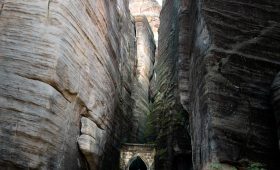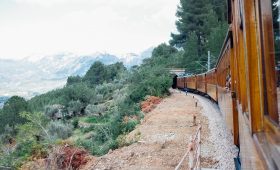Welcome to Torres del Paine, Chile!
Getting There
To reach Torres del Paine National Park, fly into Punta Arenas, the nearest major city. From there, you can rent a car or take a bus for a scenic journey through the Chilean countryside. The drive offers views of expansive landscapes and a glimpse into the region’s natural beauty. Plan your transportation in advance to ensure a smooth trip.
Best Time to Visit
The best time to visit Torres del Paine depends on your interests. December to February offers warmer weather and longer daylight, ideal for hiking. However, this is peak tourist season, so expect crowds and higher prices. For a quieter experience with stunning fall colors, visit in April or May. Winter visits are possible, but some trails and accommodations may close due to snow and ice.
Exploring the Park
Torres del Paine is famous for its dramatic landscapes, including granite peaks, azure lakes, and glaciers. The “Cuernos del Paine” are particularly striking, with their unique horn-like formations. Hiking options range from the popular “W Circuit,” which offers views of iconic landmarks, to the challenging “O Circuit,” a multi-day trek through remote areas. Bring a camera to capture the breathtaking scenery.
Wildlife and Biodiversity
The park is a haven for wildlife enthusiasts. Look for guanacos, foxes, and the elusive puma. Birdwatchers can spot the Andean condor and Magellanic woodpecker. Respect the animals’ natural habitats by maintaining a safe distance. The park’s biodiversity is a testament to the delicate balance of nature in this region.
Accommodations and Local Cuisine
After a day of exploration, choose from a range of accommodations, from campsites to luxury lodges. For a unique experience, stay at a traditional Patagonian estancia, where you can enjoy homemade meals. Don’t miss traditional Chilean dishes like “asado” (barbecue) and “empanadas,” which offer a taste of the local culture.
Historical and Cultural Context
The area around Torres del Paine has been inhabited for approximately 12,000 years, with the Tehuelche Indians naming the massif “Paine,” meaning “blue.” The park was established in 1959 and renamed in 1970. It became a UNESCO World Biosphere Reserve in 1978. Fires have affected the park over the years, but reforestation efforts continue to restore its natural beauty.




